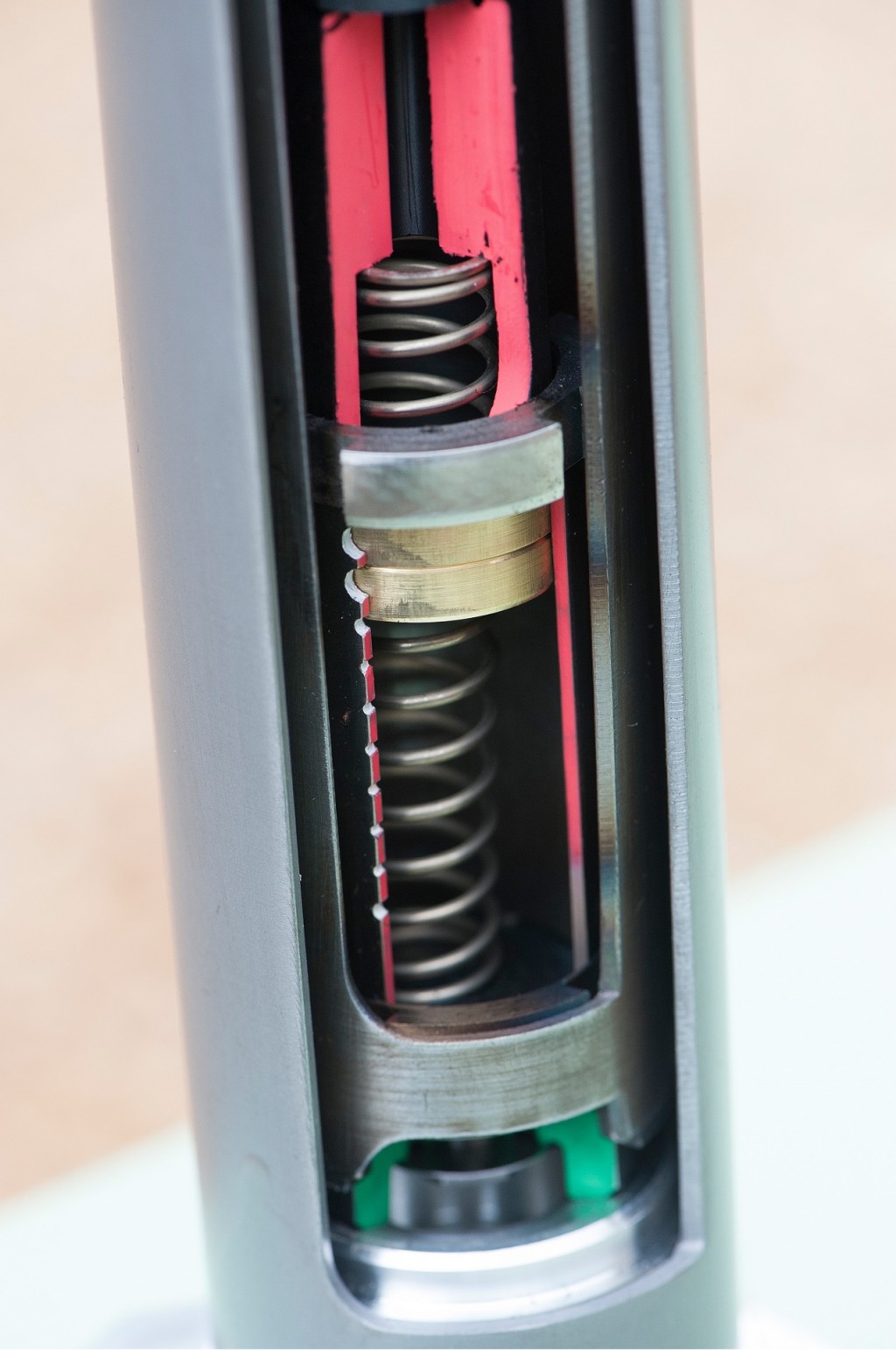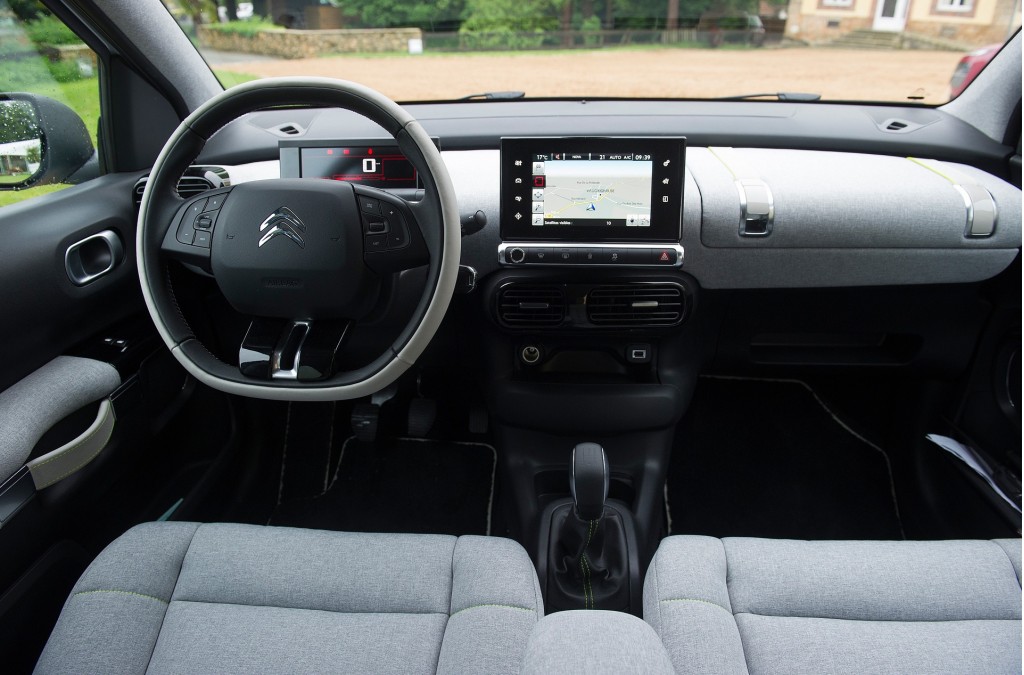French maker Citroën has been known for the comfortable ride of its cars for 60 years, since it pioneered the use of hydropneumatic suspension on the streamlined DS model unveiled to an astonished world at the 1955 Paris Motor Show.
Now part of PSA Peugeot-Citroën, the company is developing new suspension designs for ensuring a smooth, comfortable riding experience for vehicle occupants. The latest improvements are being tested in a prototype C4 Cactus known as the Citroën Advanced Comfort Lab.
But the new design will dispense with the French brand's trademark hydropneumatic system, in which nitrogen-filled spheres replace conventional steel springs. Hydraulic fluid pumped into the rubber spheres stiffens or softens them as required by road conditions.

citroen ds cabrio main 630
Flagship Citroën models have used successive generations of the system since then. Today, the mid-size C5 sedan and wagon use a system called Hydractive III, which combines the hydropneumatic spheres with computerized control of their operation. Those models, unveiled in 2007, are now eight years old.
In the new design, the hydraulics are confined to a pair of progressive "hydraulic cushions" at the top and bottom of a conventional suspension unit—one for compression and one for rebound.
Citroën says that on smoother surfaces, vertical wheel movement is controlled by the springs and shock absorbers without a need for the hydraulic damping. But the cushions give more of a "magic carpet ride," it says, for an impression that the vehicle is "flying over bumps and dips."

Citroen Hydraulic Cushion suspension detail

Citroen Hydraulic Cushion suspension detail

Citroen Hydraulic Cushion suspension detail
When the suspension reaches its limits over more significant vertical travel, the cushions absorb and dissipate the energy rather than the suspension halting abruptly when it hits its bump stops.
The ride-comfort program, known as Citroën Advanced Comfort, specifically targets each part of the disturbance created when a car passes over a bump.
The first effect of the bump occurs when the suspension accommodates the wheel as it moves sharply up and down. Then, the vibration is transferred to the vehicle body, and finally they reach the occupants through their seats. Citroën has addressed each of these steps.

Citroen C4 Cactus Advanced Comfort Lab prototype vehicle
The company has combined the new "progressive hydraulic cushion suspension" system with refined technologies for seat design and mounting, as well as a more rigid body structure and better acoustic shielding to block noise and vibrations from entering the cabin.
The overall Advanced Comfort effort extends beyond ride comfort to include interior space and storage that improves wellbeing and "living comfort," easier driving via intuitive electronic assist systems ("functional comfort"), and instrument displays that show only relevant information to relax the ambience and offer "comfort of the mind."
PSA Peugeot-Citroën has recently emerged from a near-death experience, with a new CEO (Carlos Tavares, formerly of Nissan) and a $1.1 billion investment from Chinese automaker Dongfeng.

Citroen C4 Cactus Advanced Comfort Lab prototype vehicle
It appears the company has concluded that modern suspension technology, including adaptive dampers, can provide the advantages of hydropneumatics without the cost and complexity of their attendant plumbing.
The company notes that the hydraulic-cushion technology can be applied to cars in all segments, from its flagships all the way down to minicars.
Still, we're betting the new design won't allow individual wheels to be raised or lowered to make changing tires easier.
Au revoir, hydropneumatics.
